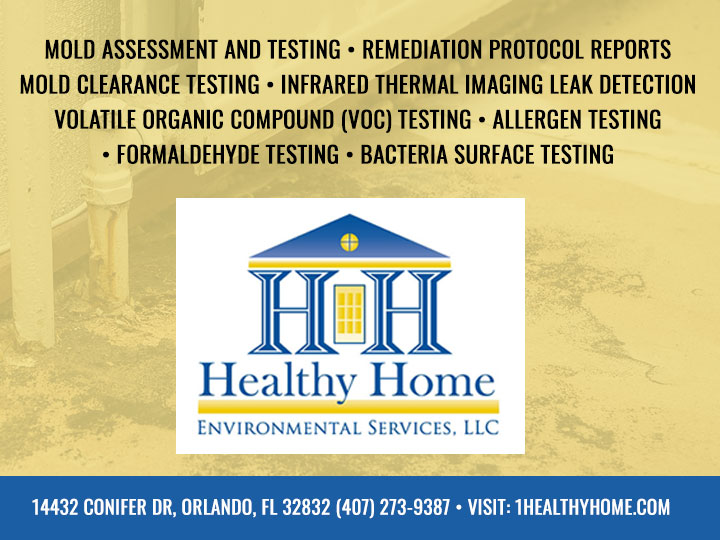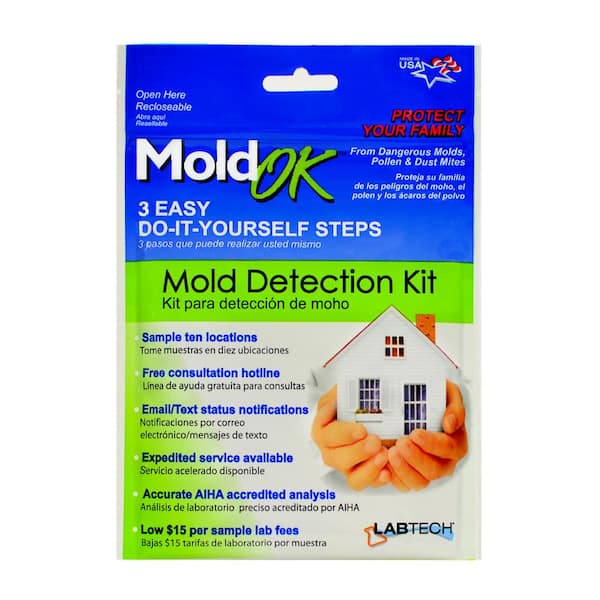Exactly How Mycotoxin Testing Assists Prevent Contamination and Protect Food Supplies

Mycotoxin screening is an important method in the food industry, offering as a frontline protection against contamination by unsafe contaminants produced by mold and mildews. With the application of advanced strategies like High-Performance Fluid Chromatography (HPLC) and Fluid Chromatography-Mass Spectrometry (LC-MS), food producers can properly measure and find mycotoxin degrees in farming items.
Understanding Mycotoxins
Comprehending mycotoxins starts with acknowledging that they are harmful secondary metabolites created by specific mold and mildews, which can pollute agricultural items. These metabolites are not vital for the development or recreation of the fungi yet can have extreme ramifications for human and animal health. Mycotoxins are commonly located in staple crops such as corn, wheat, barley, and nuts, where they can multiply under certain problems of wetness and temperature.
There are a number of types of mycotoxins, each created by various fungal varieties. Aflatoxins, created by Aspergillus varieties, are amongst the most notorious, known for their cancer causing residential properties. An additional considerable group consists of ochratoxins, created by Aspergillus and Penicillium varieties, which have nephrotoxic effects. Fusarium varieties create fumonisins and trichothecenes, both of which are connected with different acute and chronic health issues.

Dangers of Mycotoxin Contamination
The risks of mycotoxin contamination are complex, presenting considerable risks to both food security and public health and wellness. Mycotoxins, poisonous substances generated by certain types of fungis, can contaminate a vast variety of farming products including grains, nuts, spices, dried out fruits, and coffee.
Financial impacts are one more significant worry. Infected plants can lead to considerable economic losses for farmers and food producers due to reduced returns and the requirement for expensive purification steps. Moreover, global profession can be significantly hindered as nations apply strict mycotoxin guidelines to secure their populations, causing denied deliveries and stretched trade connections.
Ecological aspects such as environment adjustment aggravate the risk of mycotoxin contamination. Variations in temperature and moisture can create positive problems for fungal development, boosting the likelihood of contamination events. Thus, understanding and reducing these dangers are critical for making sure the safety and security and honesty of global food materials.
Techniques of Mycotoxin Examining
Precisely determining mycotoxin contamination in agricultural items is necessary for guarding public health and preserving food security criteria. Various approaches are used to identify and quantify mycotoxins, each offering particular advantages and constraints.
High-Performance Fluid Chromatography (HPLC) is a widely utilized method due to its high sensitivity and precision. It includes separating mycotoxins from other compounds in an example, making it possible for accurate quantification. Fluid Chromatography-Mass Spectrometry (LC-MS) incorporates fluid chromatography with mass spectrometry to supply in-depth molecular info, making it especially helpful for identifying numerous mycotoxins concurrently.

Gas Chromatography-Mass Spectrometry (GC-MS) and Thin-Layer Chromatography (TLC) are also employed, each with one-of-a-kind applications. GC-MS is reliable for unpredictable mycotoxins, while tender loving care uses an easier, affordable alternative for initial testing.
Benefits of Routine Checking
Routine testing for mycotoxins in farming items provides numerous advantages, significantly Continued adding to public health and wellness and food security. By identifying contamination early, normal testing helps protect against the circulation of toxic foods, therefore lowering the danger of mycotoxin-related diseases among customers. This proactive strategy not only safeguards human wellness but likewise boosts the general quality of food materials.
Consistent screening likewise supports regulatory conformity. Various nations and regions have actually established rigid limits for mycotoxin degrees in food and feed. Adhering to these restrictions through normal testing makes sure that producers and distributors satisfy lawful requirements, therefore preventing fines and trade obstacles. Moreover, preserving conformity promotes customer trust and brand online reputation, which are important for market success.
Additionally, normal mycotoxin testing can lead to substantial economic benefits. Early discovery of contamination permits for timely treatment, reducing prospective losses from prevalent contamination. Implementing routine screening protocols can also lessen recall prices and relevant liabilities, which can be economically ravaging.
In addition, normal screening gives valuable data that can notify far better farming practices and storage conditions. By comprehending patterns of contamination, manufacturers can embrace safety nets, therefore my blog adding and lowering future threats to the sustainability of the food supply chain.
Applying Examining Methods
Applying reliable mycotoxin screening procedures is critical for making certain the safety and security and top quality of farming items. Developing a robust screening framework involves numerous vital steps, starting with the identification of possible contamination factors within the production and supply chain. This includes pre-harvest, post-harvest, storage space, and circulation phases. Each phase has to be looked at to identify where mycotoxin contamination is probably to occur.
Once essential control points are identified, choosing suitable screening methods is important. Common strategies include enzyme-linked immunosorbent assay (ELISA), high-performance liquid chromatography (HPLC), and mass spectrometry (MS) Each approach has its strengths and weak points; thus, selecting the proper one depends upon the details mycotoxin being evaluated, the called for sensitivity, and offered resources.

Finally, integrating the screening protocols right into an extensive food safety and security administration system is advisable. This improves traceability and enables quick corrective actions when contamination is detected, consequently protecting the honesty of the food supply chain.
Conclusion
Mycotoxin screening is important in protecting against contamination and protecting food products by enabling very early discovery of hazardous contaminants produced by molds in farming items. Advanced methods such as HPLC and LC-MS make sure conformity with safety guidelines and shield consumers from health and wellness threats. Regular testing improves brand name reputation, monetary security, and count on food safety by reducing contamination-related losses and preserving high criteria in food production. Executing strenuous screening protocols is thus critical for the industry's overall wellness.
Mycotoxin screening is an important method in the food market, serving as a frontline defense against contamination by harmful toxins generated by mold and mildews. An incorporated technique including agricultural practices, storage space administration, and regular testing can mitigate the threats linked with mycotoxin contamination, making sure food security my company and public health and wellness.
The threats of mycotoxin contamination are complex, presenting substantial dangers to both food security and public health.Regular testing for mycotoxins in agricultural products supplies countless advantages, substantially adding to public health and wellness and food safety.Mycotoxin testing is essential in preventing contamination and protecting food supplies by enabling very early discovery of hazardous toxins produced by mold and mildews in agricultural items.
Comments on “Discover the Advantages of Expert Mycotoxin testing Services Today”